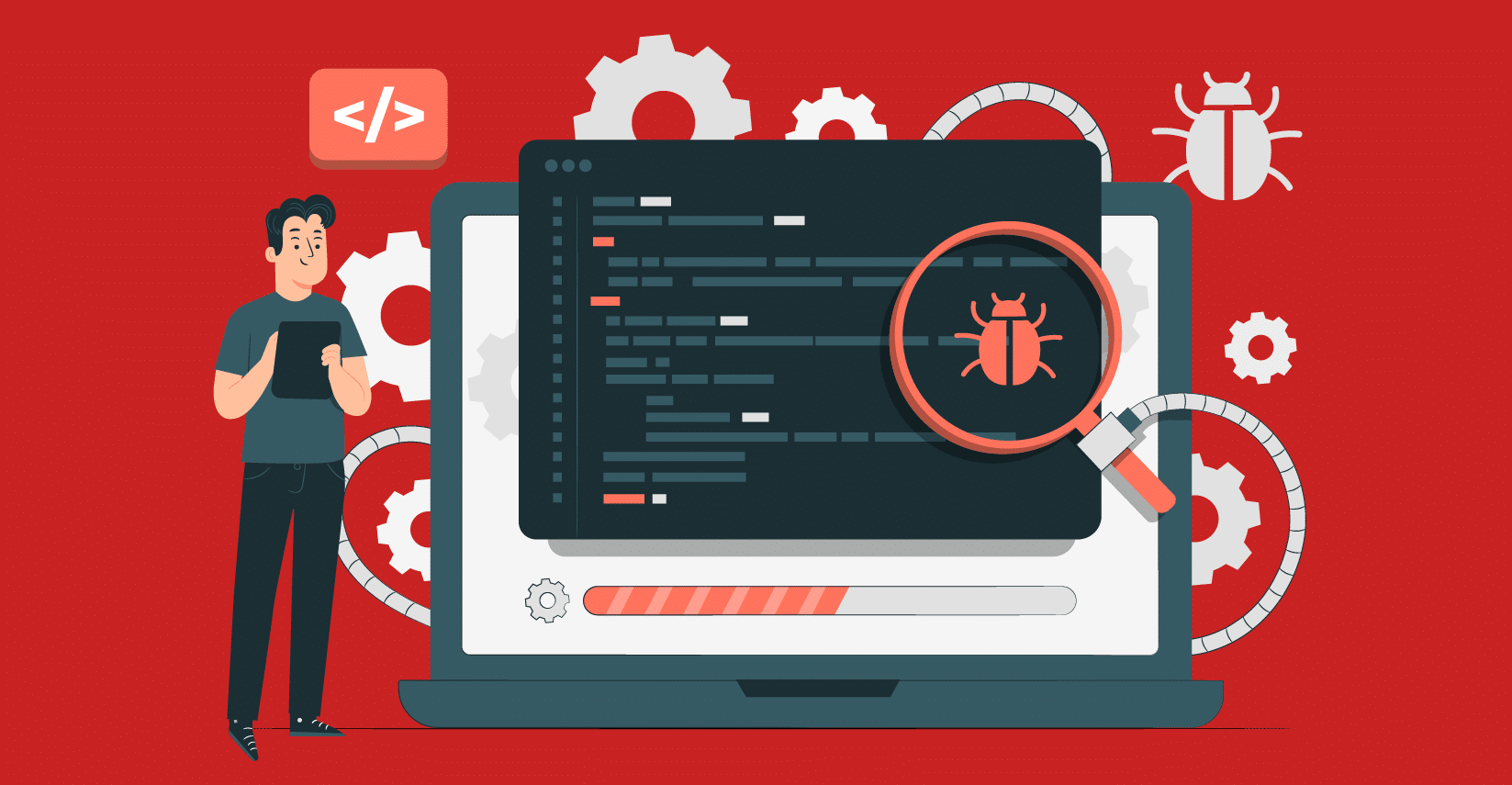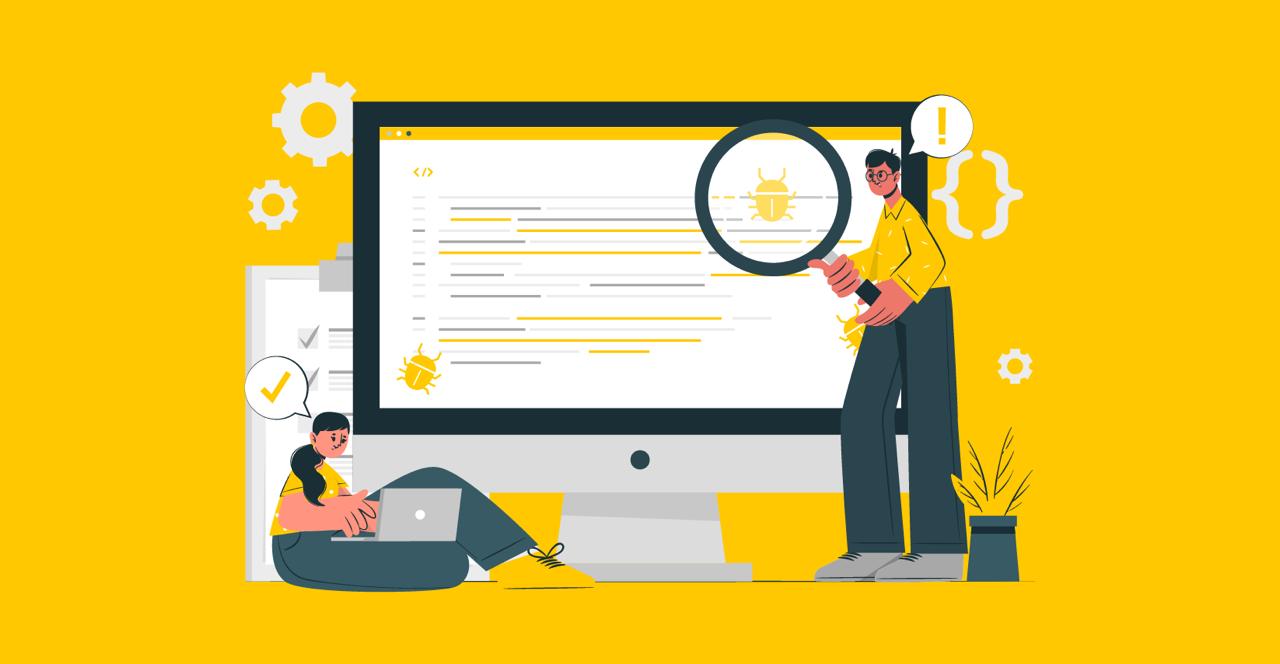A bug management tool can be a real asset in ensuring the quality of a final product. By using it during the development process, you should be able to catch potential errors in the early stages, preventing them from reaching the end user. To make sure there are no issues, here are some tips to navigate development using a bug management app.
Prioritize Defects
If you are dealing with bug management, then the first thing that you need to understand is that not every bug is the same. Some defects can be resolved swiftly in just a few minutes, whereas others may take a lot of resources and time to solve. When navigating development, make sure that you prioritize the bugs so that you solve the critical ones first.
Secure the Bug
One of the best ways to ensure efficiency during the development process is to secure the bug. Aside from organizing the bugs, you should also determine who has access to them. Good bug management software can help your team keep things nice and organized.
Test Often and Early
You know the saying “It’s better to be safe than sorry.” An error that has not been detected can throw the entire project off track, which can consume precious resources. To remove or minimize the occurrence of bugs, you should test as early as possible, and as often as you can. Use different kinds of testing methods to find and fix a bug before it has a chance to wreak havoc.
Leverage the Right Bug Management Tool
Not every bug is the same, but not every tool is the same either. This is why you need to make sure that you are leveraging the right one. Look for customization options, ease of use, integration, collaboration opportunities, and reporting capabilities. Evaluate each option based on the needs of your team.
Foster Collaboration and Teamwork
To efficiently navigate through the development of a piece of software, you must communicate with your team. Missed reports can lead to delays and even more errors, should someone try to modify the correct code. This is why you need to create a culture and environment where team members can easily communicate with one another. Tagging, comments, and notifications from a good bug management tool can help you with this.
Use Retrospectives
Very often, issues from the past can prevent unpleasantries in the future. This is why you need to embrace retrospectives during your development navigation. Not only can this show you recurring bug patterns, but it may also analyze the workflow of your team. This should make it easier for you to find areas of improvement and create the best strategy to prevent bug recurrence.
Continuous Learning and Adaptation
In the dynamic landscape of software development, it’s crucial to foster a culture of continuous learning and adaptation. Encourage your team to stay updated on emerging technologies, industry best practices, and evolving bug management methodologies. This adaptability ensures that your bug management processes remain agile and effective in the face of changing project requirements and technological advancements.
Automated Testing Integration
Integrate automated testing into your bug management process to enhance efficiency and accuracy. Automated testing tools can swiftly execute repetitive test cases, allowing your team to focus on more complex scenarios. By automating routine tests, you reduce the likelihood of human error and free up valuable resources for more strategic aspects of development.
User Feedback Integration
Incorporate user feedback into your bug management loop. Users often provide valuable insights into real-world issues that may not be immediately apparent during internal testing. Utilize feedback mechanisms to gather user experiences and adjust your bug management strategy accordingly. This proactive approach not only improves the quality of your product but also enhances user satisfaction.
Robust Documentation
Maintain comprehensive documentation throughout the development process. Documenting the bugs, their resolutions, and the testing processes ensures a transparent and accessible knowledge base for your team. Robust documentation becomes especially valuable during team transitions, enabling new members to quickly grasp the project’s bug management history and strategies.
Performance Monitoring
Implement performance monitoring tools to track the efficiency of your bug management process. Analyze key performance indicators (KPIs) such as bug resolution time, recurrence rates, and overall system stability. Regularly assess these metrics to identify areas for improvement and ensure that your bug management strategy aligns with project goals.
Scalability Considerations
As your project evolves, scalability becomes a crucial consideration. Ensure that your chosen bug management tool can scale seamlessly with the growing demands of your project. Scalability guarantees that your bug management processes remain efficient and effective, whether you’re working on a small-scale application or a large, complex software project.
Security and Compliance
Prioritize security and compliance within your bug management processes. Ensure that the bug management tool adheres to industry standards and regulations. Robust security measures safeguard sensitive data and protect your development environment from potential vulnerabilities. This commitment to security contributes to the overall integrity of your software development lifecycle.
Continuous Improvement through Feedback Loops
Establish feedback loops within your bug management strategy. Regularly gather feedback from team members, stakeholders, and end-users to identify areas for improvement. Embrace a culture of continuous improvement, where feedback serves as a catalyst for refining bug management practices, optimizing workflows, and ultimately delivering higher-quality software products.
User Training and Adoption
Invest in user training to maximize the effectiveness of your chosen bug management tool. Ensure that your team members are proficient in utilizing the tool’s features to their full potential. A well-trained team contributes to a smoother bug management process, reduces the likelihood of errors, and enhances overall productivity.
The Bottom Line
Navigating through the development process can be quite simple if you use a bug management tool. You just need to follow the best practices to make the most out of it, Eventually, you should be able to release a quality product to the end user that will make them want to stay.


























